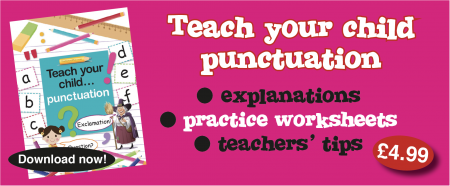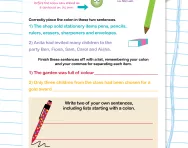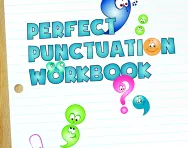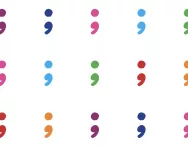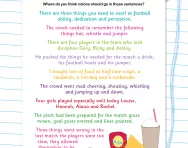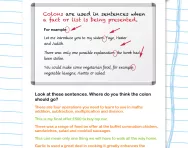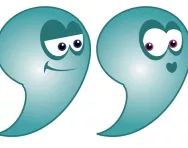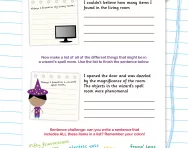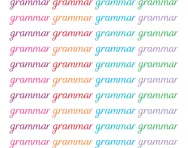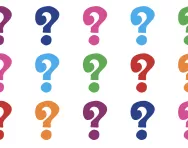TheSchoolRun.com closure date
As we informed you a few months ago, TheSchoolRun has had to make the difficult decision to close due to financial pressures and the company has now ceased trading. We had hoped to keep our content available through a partnership with another educational provider, but this provider has since withdrawn from the agreement.
As a result, we now have to permanently close TheSchoolRun.com. However, to give subscribers time to download any content they’d like to keep, we will keep the website open until 31st July 2025. After this date, the site will be taken down and there will be no further access to any resources. We strongly encourage you to download and save any resources you think you may want to use in the future.
In particular, we suggest downloading:
- Learning packs
- All the worksheets from the 11+ programme, if you are following this with your child
- Complete Learning Journey programmes (the packs below include all 40 worksheets for each programme)
You should already have received 16 primary school eBooks (worth £108.84) to download and keep. If you haven’t received these, please contact us at [email protected] before 31st July 2025, and we will send them to you.
We are very sorry that there is no way to continue offering access to resources and sincerely apologise for the inconvenience caused.
What is a colon?
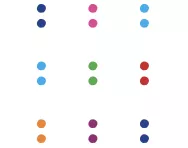
What is a colon?
A colon is a punctuation mark that can be used to introduce a list or to separate two independent but linked clauses (colons are used to stress that both clauses in the sentence are closely linked and the second clause emphasises, adds clarification, or adds further detail to the first clause).
It looks like two dots, one on top of the other:

When colons are used to introduce an item or series of items, the first word written after the colon does not need to be capitalised.

A colon can also be used to separate clauses within a sentence. The clause after the colon is used to
- conclude the clause before it
- explain the clause before it and enhance its meaning.
For example:
In some cases, colons are also used to introduce a quotation or direct speech. For example:

How are colons taught in primary school?
Children are taught to use colons to introduce a list first, then taught to use colons to punctuate clause boundaries.
Children will be introduced to types of writing that use colons for lists, such as recipes. Children will then be asked to identify the correct location to insert a colon, and then be expected to use them for lists in their writing. For example:

Colons used to separate independent clauses are taught in in Key Stage 2.
Once children have consolidated their knowledge of sentence types and clauses, they will be introduced to colons and semi-colons used at clause boundaries. This will usually happen first through worksheets, in which they will have to insert a colon into the correct place within a sentence, before they start to use them in their writing.
When are colons taught in the primary-school classroom?
Children first start using colons to introduce lists in Year 3.
Colons to separate clauses are first introduced in Upper Key Stage 2, usually in Year 5 or Year 6, as they can be tricky to use. It can be difficult to determine when to use a colon and when to use a semi-colon at clause boundaries; semi-colons tend to be used when the clauses are closely linked and continue on from one another, and when you could use a co-ordinating conjunction to link the clauses.
By the time children are assessed in KS2 SATs, children will be expected to be able to insert colons in the correct place within a sentence. This is an example of a colon question they might be asked to answer in the Grammar, Punctuation and Spelling test: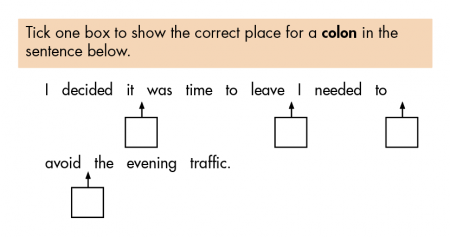
Children who leave primary school working at the expected standard for writing will be expected to make some use of colons accurately in their writing. Children who are exceeding expectations or working at greater depth will need to provide evidence that they can use punctuation such as colons and semi-colons consistently and accurately to enhance the meaning and avoid confusion within a sentence.
